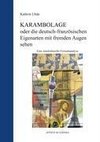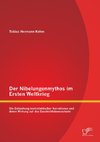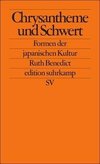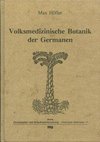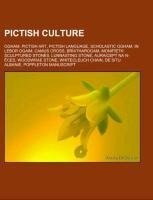
Pictish culture
Source: Wikipedia. Pages: 31. Chapters: Ogham, Pictish art, Pictish language, Scholastic Ogham, In Lebor Ogaim, Camus Cross, Bríatharogam, Monifieth Sculptured Stones, Lunnasting stone, Auraicept na n-Éces, Woodwrae Stone, Whitecleuch Chain, De Situ Albanie,... Viac o knihe
Produkt je dočasne nedostupný
13.38 €
bežná cena: 15.20 €
O knihe
Source: Wikipedia. Pages: 31. Chapters: Ogham, Pictish art, Pictish language, Scholastic Ogham, In Lebor Ogaim, Camus Cross, Bríatharogam, Monifieth Sculptured Stones, Lunnasting stone, Auraicept na n-Éces, Woodwrae Stone, Whitecleuch Chain, De Situ Albanie, Poppleton manuscript, Painted pebbles, Hunter's Hill Stone, Buckquoy spindle-whorl, St Orland's Stone, Lang Stane of Auquhollie, St Andrews Sarcophagus, Double disc, Pictish Chronicle, Pictish Beast, Rosemarkie sculpture fragments, Glamis Stone. Excerpt: Ogham (English pronunciation: or ; Old Irish: , pronounced , Modern Irish or ) is an Early Medieval alphabet used primarily to write the Old Irish language, and occasionally the Brythonic language. Ogham is sometimes called the "Celtic Tree Alphabet", based on a High Medieval Bríatharogam tradition ascribing names of trees to the individual letters. There are roughly 400 surviving ogham inscriptions on stone monuments throughout Ireland and western Britain, the bulk of them are in the south of Ireland, in Counties Kerry, Cork and Waterford. The largest number outside of Ireland is in Pembrokeshire in Wales. The remainder are mostly in south-eastern Ireland, Scotland, the Isle of Man, and England around the Devon/Cornwall border. The vast majority of the inscriptions consist of personal names. The etymology of the word ogam or ogham remains unclear. One possible origin is from the Irish og-úaim 'point-seam', referring to the seam made by the point of a sharp weapon. Coptic 3 c. CEGothic 3 c. CEArmenian 405Georgian 3 c. BCEGlagolitic 862Cyrillic ca. 940Aramaic 8 c. BCE Brahmic abugidas Hebrew 3 c. BCEThaana 4 c. BCEPahlavi 3 c. BCE Palmyrene 2 c. BCESyriac 2 c. BCE Old Uyghur Nabataean 2 c. BCE Mandaic 2 c. CEPaleohispanic 7 c. BCEPaleo-Hebrew 10 c. BCE Epigraphic South Arabian 9 c. BCE The earliest inscriptions in ogham date to about the 4th century AD, but James Carney believes its invention is rather within the 1st century BC. Although the use of "classical" ogham in stone inscriptions seems to have flowered in the 5th-6th centuries around the Irish Sea, from the phonological evidence it is clear that the alphabet predates the 5th century. A period of writing on wood or other perishable material prior to the preserved monumental inscriptions needs to be assumed, sufficient for the loss of the phonemes represented by úath ("H") and straif ("Z"), as well as the velar nasal, gétal, all of which are clearly part of the system, but unattested in inscriptions. It appears
- Vydavateľstvo: Books LLC, Reference Series
- Formát: Paperback
- Jazyk:
- ISBN: 9781156810453

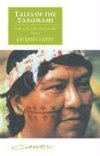
 Anglický jazyk
Anglický jazyk 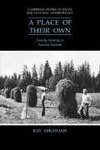

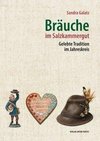
 Nemecký jazyk
Nemecký jazyk 